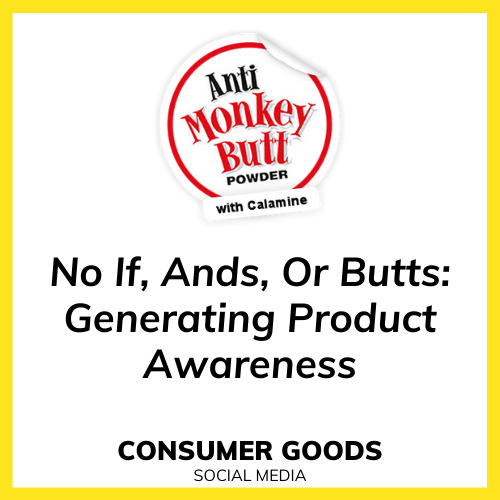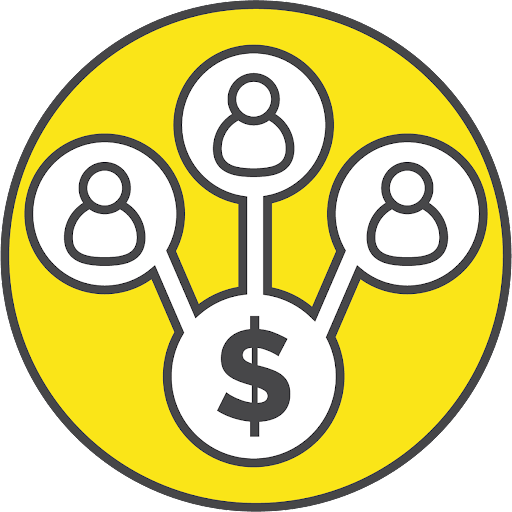Social media marketing is about people. While the platforms may change, the key goal of social media marketing is consistent: connecting with others and engaging with the audience as real people. It’s about sharing information they need, answering their questions, making them feel good about following your organization, making sure people remember you, or teaching people about a product that can make their lives better.
And, most importantly, it’s not done in the blink of an eye. Growing a dedicated community of followers isn’t just a job to pass to an intern or a random office worker. Would you want them to speak on behalf of your company to the media? Effective social media marketing is much more than just posting to a Facebook page; it’s engaging with your community, sharing relevant content, and ensuring you are a resource for them.
What Are The Right Social Channels To Focus On?
Early on, social media marketing just meant having a Facebook page and occasionally posting a link to your website. Today, it’s about meeting your target audiences where they are, with the right tone and right balance of content.
Despite controversies, Facebook is the most actively used social media platform with over 2.74 billion active users in 2020. Business pages are a great way to engage with your community and reach new audiences. Facebook paid advertising allows you to increase your awareness and target potential customers with specific geographic, demographic, and interest-based information. Facebook Groups are a way to build an even tighter-knit, exclusive community of people with shared interests.
Although it’s owned by Facebook, Instagram is very different as it is a distinctly visual platform. Content development for this platform focuses on creating an aesthetically pleasing grid with a mix of clean brand photography, engaging graphics meant to start a conversation, and user-generated content that shows real-life use of your products or behind-the-scenes of your organization. Other platform features, like Stories, Reels, and IGTV, allow you to leverage video content to further engage your audiences and need to be considered separately from a grid strategy.
LinkedIn is a professional channel, focused primarily on networking and business. Personal profiles offer leaders and sales teams the opportunity to showcase their expertise by leveraging features such as LinkedIn Pulse or find new business opportunities with tools like Sales Navigator. Company pages allow organizations to engage with professionals through engaging content, and new features like showcase pages and product pages let you emphasize specific parts of your business. Career pages allow you to create hubs on your page devoted to employee culture and talent opportunities.
Twitter is the most live, in the moment social channel to engage with the world at large. Successful organizations on Twitter understand that it’s not just about promoting yourself – it’s about engaging with followers and news and hopping on trends and memes in a humorous way that showcases your brand’s personality.
YouTube
Unlike most other channels, YouTube functions similarly to a search engine, focused on keywords and title tags to help users find the right content for them. YouTube strategy needs to focus on identifying the correct keywords, and learning from performance what types of videos are successful. Organizing a successful channel involves creating playlists for similar content.
Pinterest, similar to YouTube, involves leveraging keywords and ideas as a combined search engine and visual mood board tool. The users for Pinterest are often engaging with the platform for specific ideas and activities, meaning they are more likely to organically follow through on conversions. Successful Pinterest accounts leverage boards that highlight more vertical brand images and re-pin relevant content from other creators.
Aside from these channels, new opportunities are appearing every month. Channels like Yelp and Nextdoor are community-focused channels that local businesses need to engage with to stay in the loop. TikTok focuses on creating short-length looping video content around specific trends. Clubhouse focuses on audio discussions with similarly-minded individuals. Snapchat allows for short videos and images that engage with a younger audience.

See how our social media efforts, including influencer marketing, helped Clarion Brands generate over 1 million organic social media impressions for their Anti Monkey Butt product.
How Our Philadelphia Team Can Help With Your Social Media Management
In order to succeed on social media, brands need to have a digital voice and develop plans that focus on the humans they’re engaging with. Slice’s social media team is smart and strategic with clients’ content while also being quick and nimble enough to adapt to trends and sudden news.

Social Media Marketing Strategy
The first step of any social media marketing plan is to have a clearly defined strategy. Organizations first need to be aware of what their competitors are doing on social and what channels they’re leveraging to reach key audiences. From there, clear, concise marketing messaging is needed to inform content decisions and engagement plans.

Channel Set-Up
Before you can post, you need to have your channels set up. Organizations need to determine which platforms their target audiences are using and then set up corporate profiles with key information to reach these audiences. Additionally, language for setup, like profile hashtags and handles, must be consistent and channel-appropriate.

Social Media Channel Management and Posting
Content for social media is different than other marketing channels and even varies platform by platform. Organizations need to identify what organic content is relevant, identify how it fits into each platform, and develop original posts and imagery to accompany them. After the content is created, there needs to be strategic planning around posting times and days, to ensure optimal reach and engagement.

Paid Social Advertising
Aside from organic social media content, paid advertising allows you the benefit of targeting key audiences to be “served” your content. To start, campaign objectives need to be identified and can be as broad as general awareness and website traffic, to as specific as app downloads and online store conversions. From there, audiences need to be created with geographic, demographic, customer lookalike, and interest-based targeting. Finally, visual and video assets need to be created with accompanying text copy.

Community Management and Listening
Posting content is only a small part of social media management. Organizations need to keep an eye on their community and see what they’re saying. If you’re a product-based company, see what customers need to know and respond to them. If you’re hosting an event, plan for common questions and be ready to dispel any confusion. And even outside of your followers and people who tag you, pay attention to keywords and phrases that are relevant to your organization which could lead to digital opportunities.

Social Reporting and Analytics
Organizations can’t truly know if their social media tactics are working without looking at the data. Surface-level vanity metrics such as followers and “likes” only tells part of the story – you need to know your impressions, your engagements, and how this traffic is engaging across your website. These metrics will help determine what is performing well, and what is not, allowing you to optimize your content accordingly.
Need Help with Your Social Media Strategy?
Social media is not done in the blink of an eye. Growing and engaging your social media audiences takes time. Contact our team today to get started on your social media strategy!








